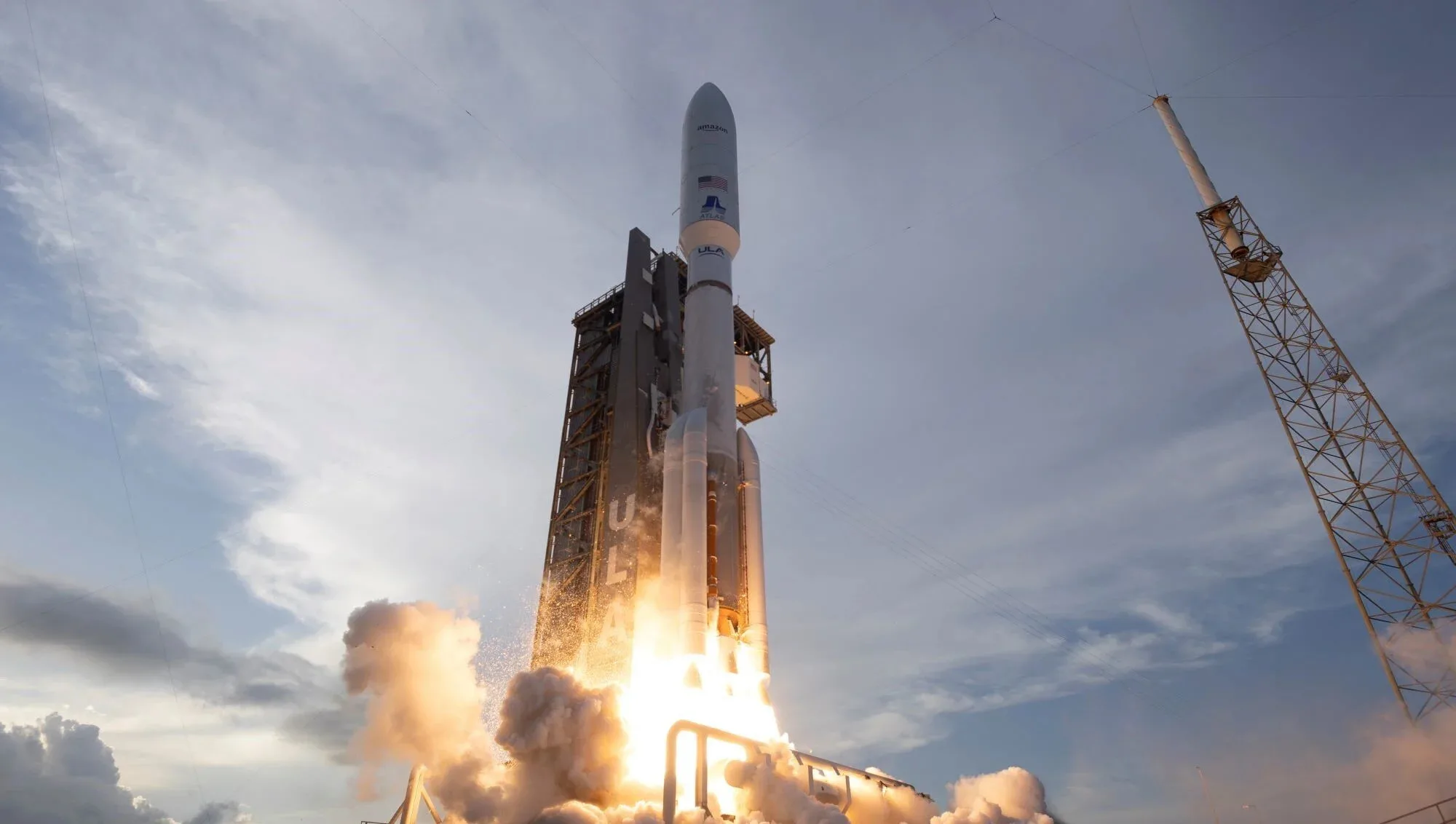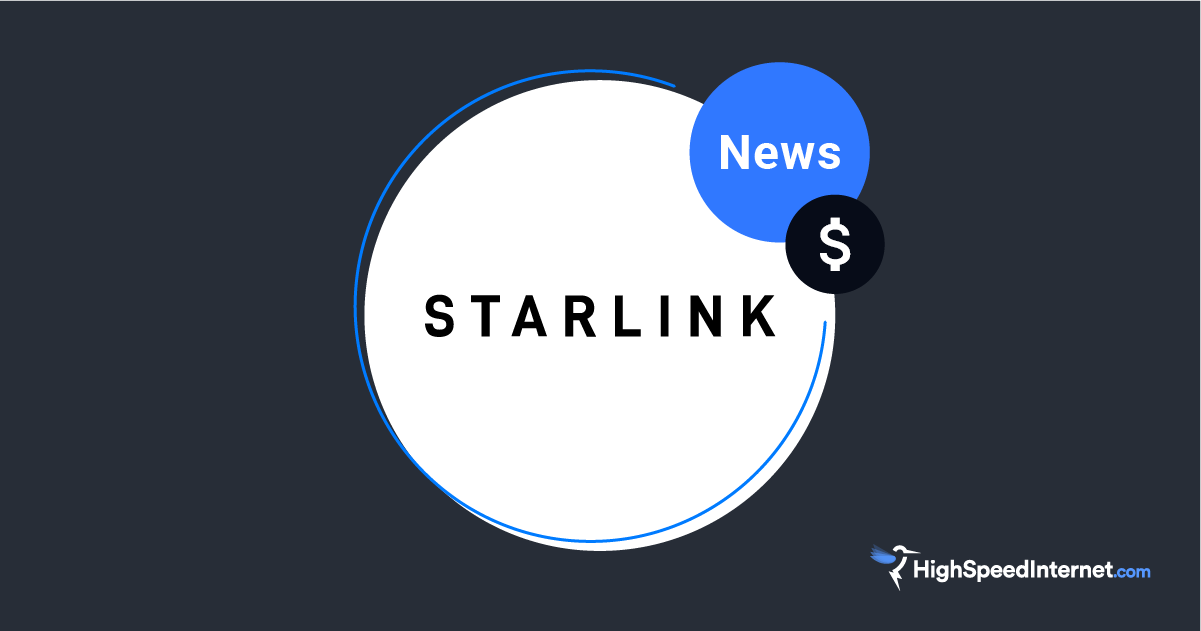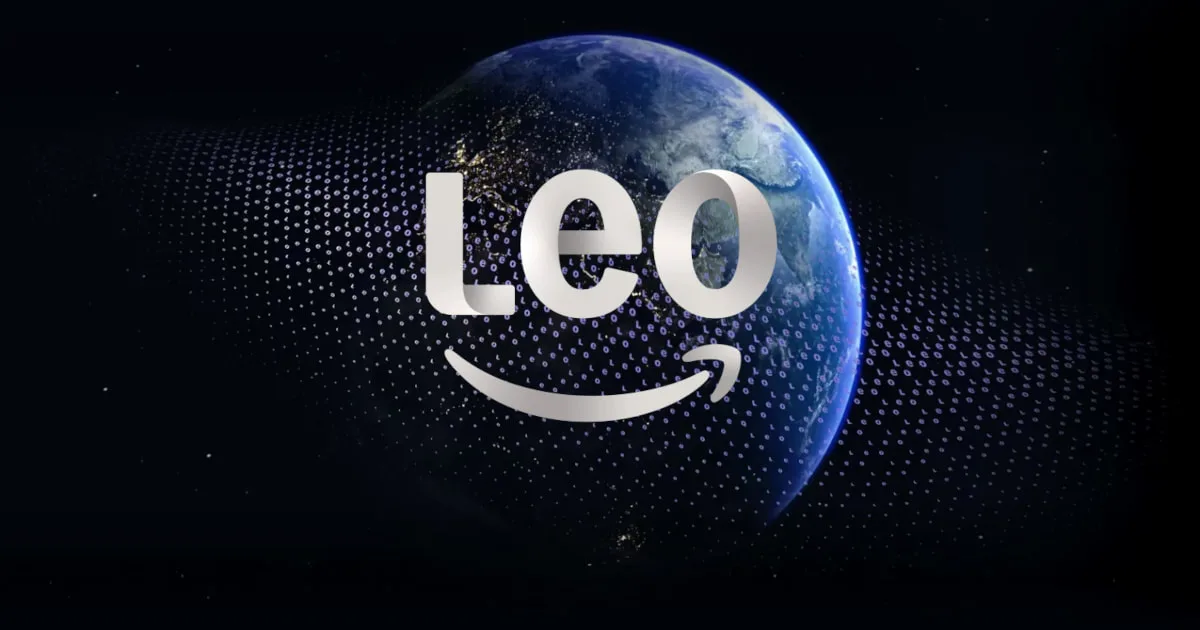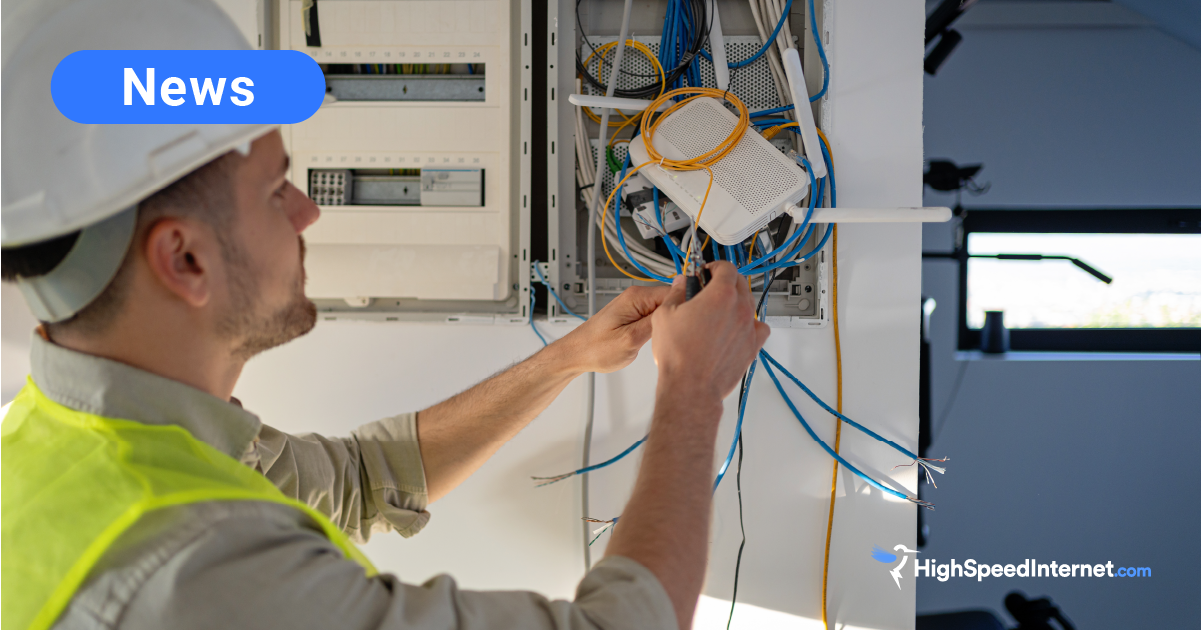First Batch of Project Kuiper Satellites Launch
There’s still a long road ahead for Amazon’s satellite internet service
May 1, 2025 | Share
News

On April 28, 2025, the first batch of satellites for Amazon’s low-Earth orbit (LEO) satellite constellation, Project Kuiper, were launched from Cape Canaveral. This launch comes after years of delays, but it’s the first step in creating a satellite network that can compete with SpaceX’s Starlink.
Amazon plans to launch the beta program for its satellite service later this year, though this date has already been pushed back several times. These first satellites, however, are a good sign that Amazon is finally picking up momentum. Hopefully, people will be able to sign up for this service in the near future.
What is Project Kuiper?
Project Kuiper is a low-Earth orbit (LEO) satellite constellation being developed by Amazon. It’s designed to provide broadband satellite internet to areas that don’t have access to wired infrastructure. Like Starlink, the constellation will consist of thousands of small satellites traveling around the Earth in a low orbit.
In contrast to traditional satellite internet providers, which use a single large satellite to provide internet to an entire continent, LEO constellations need enough satellites shooting across the sky so that as soon as the one you’re connected to starts moving out of range, another one is already overhead to keep you connected to the internet.
Amazon has stated that one of its goals is to help bridge the digital divide in the United States, particularly among students.
When will Project Kuiper be available?
Amazon expects to start bringing its first users into its beta program by the end of 2025. Amazon hoped to provide service to the first Project Kuiper customers by the end of 2024 but later pushed that date back to early 2025 and now the end of 2025.
Project Kuiper will likely take some time to get up and running, as Starlink did. Amazon launched its first two prototype satellites in late 2023, with this latest launch consisting of the first satellites that will eventually be part of the finished constellation. It took Starlink three years to get from its first prototypes to its official launch date. If Amazon follows a similar trajectory, we could see a full launch of Project Kuiper service in 2027.
There are, of course, different circumstances for Project Kuiper that could speed up this process or cause additional delays. On the positive side, Amazon is a massive company with access to many more resources than SpaceX, so it won’t face any of the financial uncertainty of a startup. LEO satellite technology is also much more established, so Amazon can learn from the mistakes that Starlink and other LEO operators encountered to get their networks up and running more smoothly. Additionally, Amazon has built a satellite processing facility at Kennedy Space Center in Florida to help maintain a consistent launch schedule from now until its official launch.
There are also headwinds for Project Kuiper that Starlink didn’t have to worry about. For one, being a subsidiary of SpaceX, Starlink never had trouble finding rockets to launch its satellites. Since 2023, Amazon has been buying up available space on rocket launches to get its satellites into space. The availability of rockets has also been impacted by the war in Ukraine, as the Russian space agency, Roscosmos, refused to launch satellites for OneWeb back in 2022.
The Trump Administration’s tariff policy could severely impact Amazon, as complex devices like satellites often require components from all around the world. Amazon certainly has the capacity to continue buying these products, even with incredibly high import taxes, assuming that they still have access to the markets they need.
What does this mean for satellite customers?
For satellite customers who need the low-latency connections that Starlink offers, having competition in the market will be a very good thing. It means more options, lower prices, and better service. This is also good news for organizations that have lost confidence in Elon Musk and his companies, though some, like the European Union and the Canadian government, have already invested in their own LEO satellite solutions.
In any case, it will be interesting to see if Project Kuiper lives up to the hype and emerges as a practical competitor to Starlink.
Author - Peter Christiansen
Peter Christiansen writes about telecom policy, communications infrastructure, satellite internet, and rural connectivity for HighSpeedInternet.com. Peter holds a PhD in communication from the University of Utah and has been working in tech for over 15 years as a computer programmer, game developer, filmmaker, and writer. His writing has been praised by outlets like Wired, Digital Humanities Now, and the New Statesman.
Editor - Jessica Brooksby
Jessica loves bringing her passion for the written word and her love of tech into one space at HighSpeedInternet.com. She works with the team’s writers to revise strong, user-focused content so every reader can find the tech that works for them. Jessica has a bachelor’s degree in English from Utah Valley University and seven years of creative and editorial experience. Outside of work, she spends her time gaming, reading, painting, and buying an excessive amount of Legend of Zelda merchandise.


